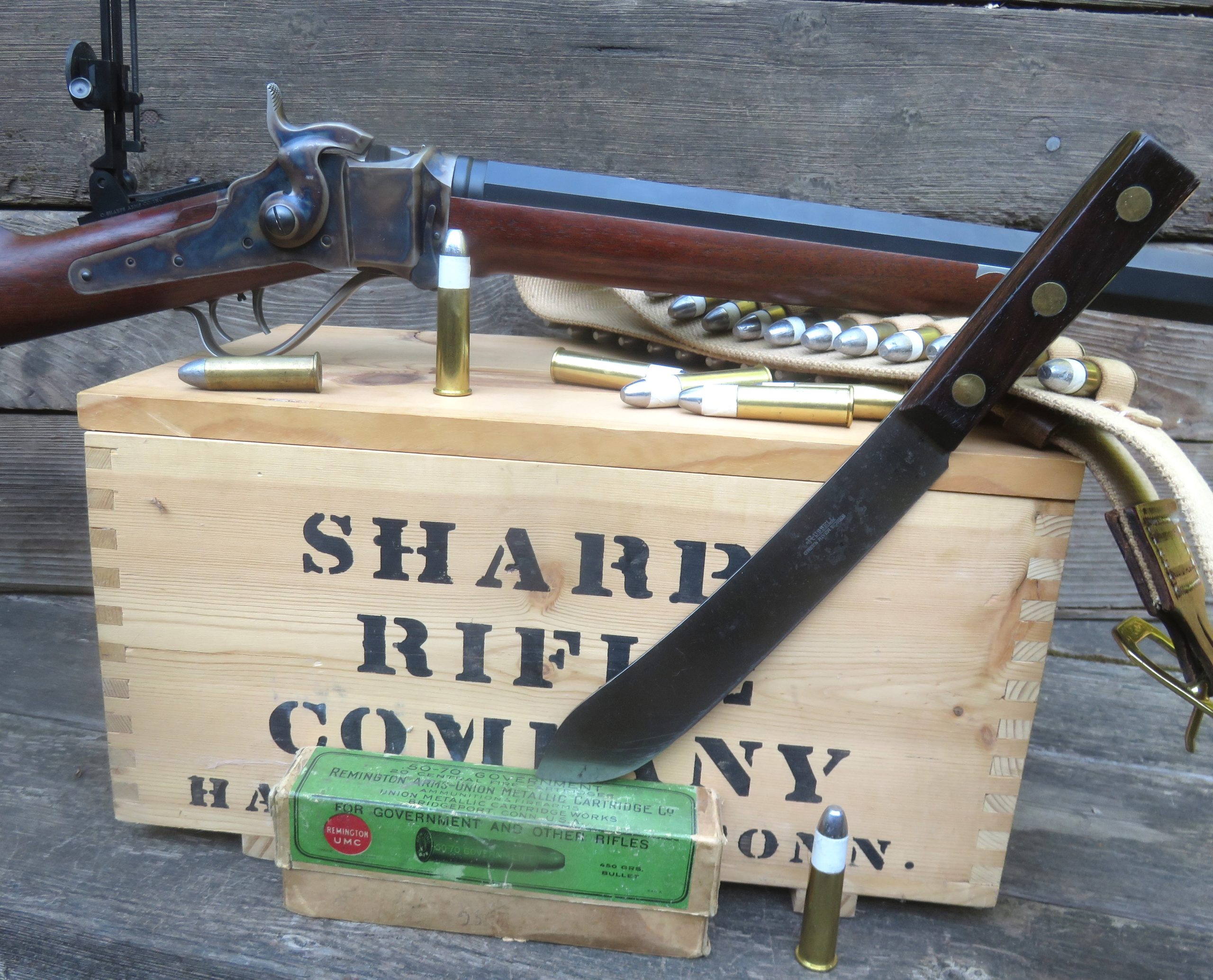
By Mike Nesbitt | Contributing Editor
The conclusions I was looking for with my latest loading for the 505-grain paper patched bullets in the .50-70s were not completely realized with the shooting test I had just conducted.
And that test was a little further reaching than my previous shooting. I was joined by three other shooters, all using Sharps rifles chambered for the .50-70 cartridge. We had a very good morning at the rifle range. Even though I can’t make my report as conclusive as I had planned, I’ll tell you about it anyway.
To back up a little bit, my friend Tom Witt got a surprise while shooting in our annual Paper Patch Match with his .50-70 Sharps when only one bullet hole appeared on his 200-yard target. I joined forces with him to work up a better load using paper patched bullets and found that by helping Tom, I was improving my own shooting as well. But the shooting we did in our first tests with new and heavier loads left us with the idea that we could improve things even more.
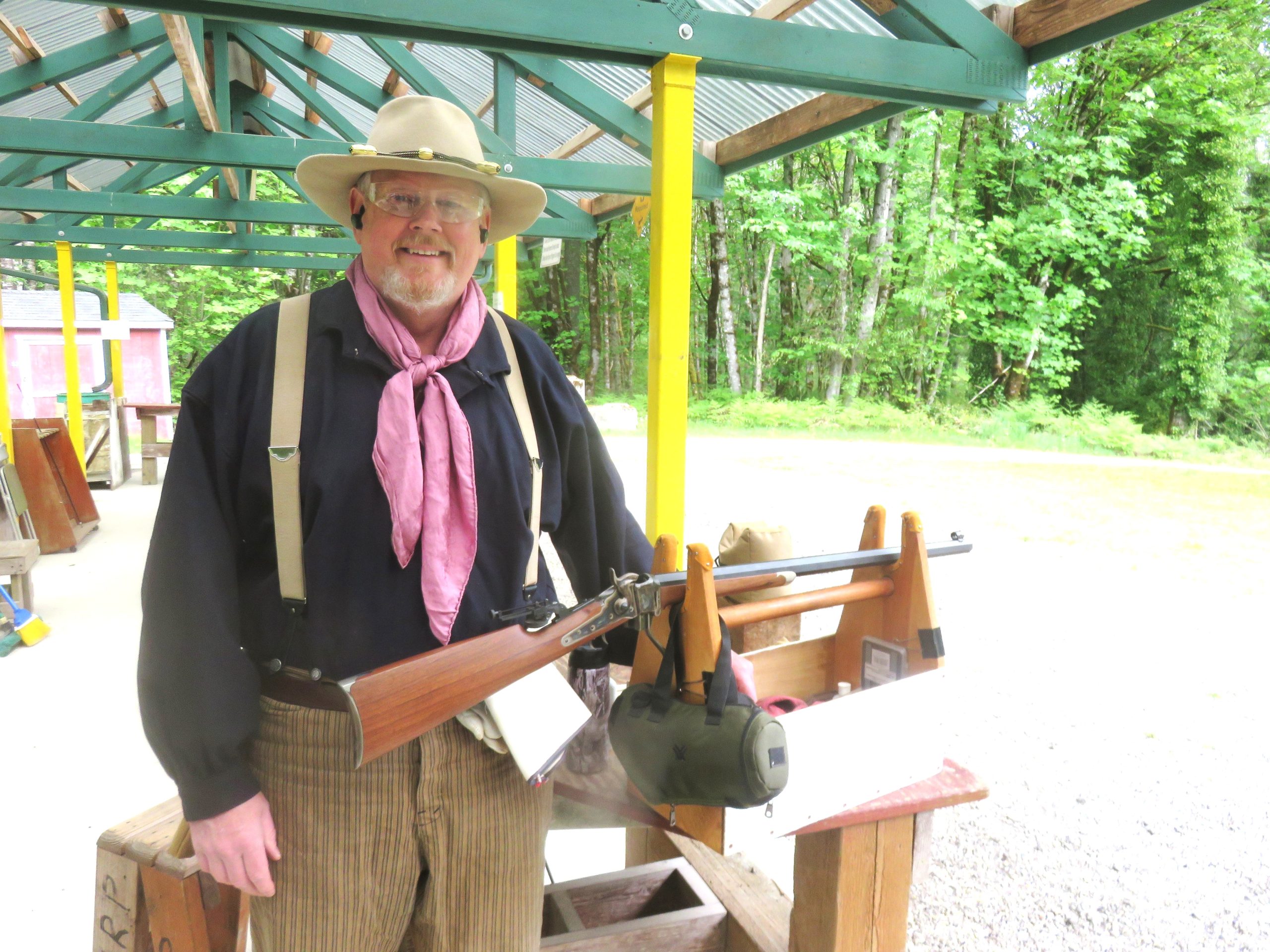
We had left off after shooting with the 505-grain bullets, cast from a KAL adjustable bullet mold and loaded over 72 grains of Swiss 1 ½ Fg powder. Such a load is not really hard to fit into the stubby .50-70 case, which is only 1¾-inches long, because the paper patched bullets are not seated deeply. It is usually best to have paper patched bullets almost touching the rifling when the cartridges are chambered, which allows the bullets to contact and turn with the rifling just after beginning to move forward in the barrel when the shot is fired. While those loads did give us the fastest speed in feet per second with the 505-grain bullets, it was felt that better groups could be achieved, perhaps with a little less powder.
That was where we left off but I rather quickly had a batch of loads prepared using the 505-grainer over 71 grains of Swiss 1½ Fg powder. The overall cartridge length for this load was the same as for the 72-grain loads, the only difference was in the amount of the powder and the degree of compression. With those loads ready, arrangements were made to gather a couple of more shooters and we went to the range.

Witt was there again and more than ready to give these loads a try. In addition to Tom, Mike Moran joined us with another ’74 Hartford Model by C. Sharps Arms with a 1 ¾ Heavy 30-inch barrel, almost a twin to my rifle. Along with Mike came Bob DeLisle, who was shooting his Hunter’s Carbine by C. Sharps Arms, a version of the Sharps ’74 but with a lighter round 26-inch barrel. Bob’s rifle is the lightest of the guns we shot during this exercise, weighing a neat 9 pounds.
My plan was for each of us to shoot five shots for group at 100 yards. They all thought that was a good way to test load but they also all had some other shots to fire first. That was fine, in fact, probably the best because it meant that the barrels on their guns would already be fouled, giving all five shots the best chance for consistency.
I didn’t have other loads to try first but I did have one cartridge which used a lighter paper patched bullet with a different powder charge. That oddball load was my first shot. I took that “fouling shot” at a gong which was conveniently positioned at 100 yards and was nicely rewarded with a good direct hit, with the gong swinging furiously after the shot. The good hit also told me that my sight setting was correct.
After wiping the bore, I turned my attention as well as my rifle’s sights to the fresh target to get a group with the 71-grain loads. Those were checked for speed, of course, and they were clocked at 1,235 feet per second out of my rifle’s 30-inch barrel. That is just 20 fps less than the 72-grain loading which is to be expected. And the extreme spread in velocities for the six shots that I used for checking the bullets’ speed was only 10 fps, showing good consistent habits. Of course, the speed of the bullets was not what we were really looking for but the velocity of the loading is just a detail that is very nice to know.
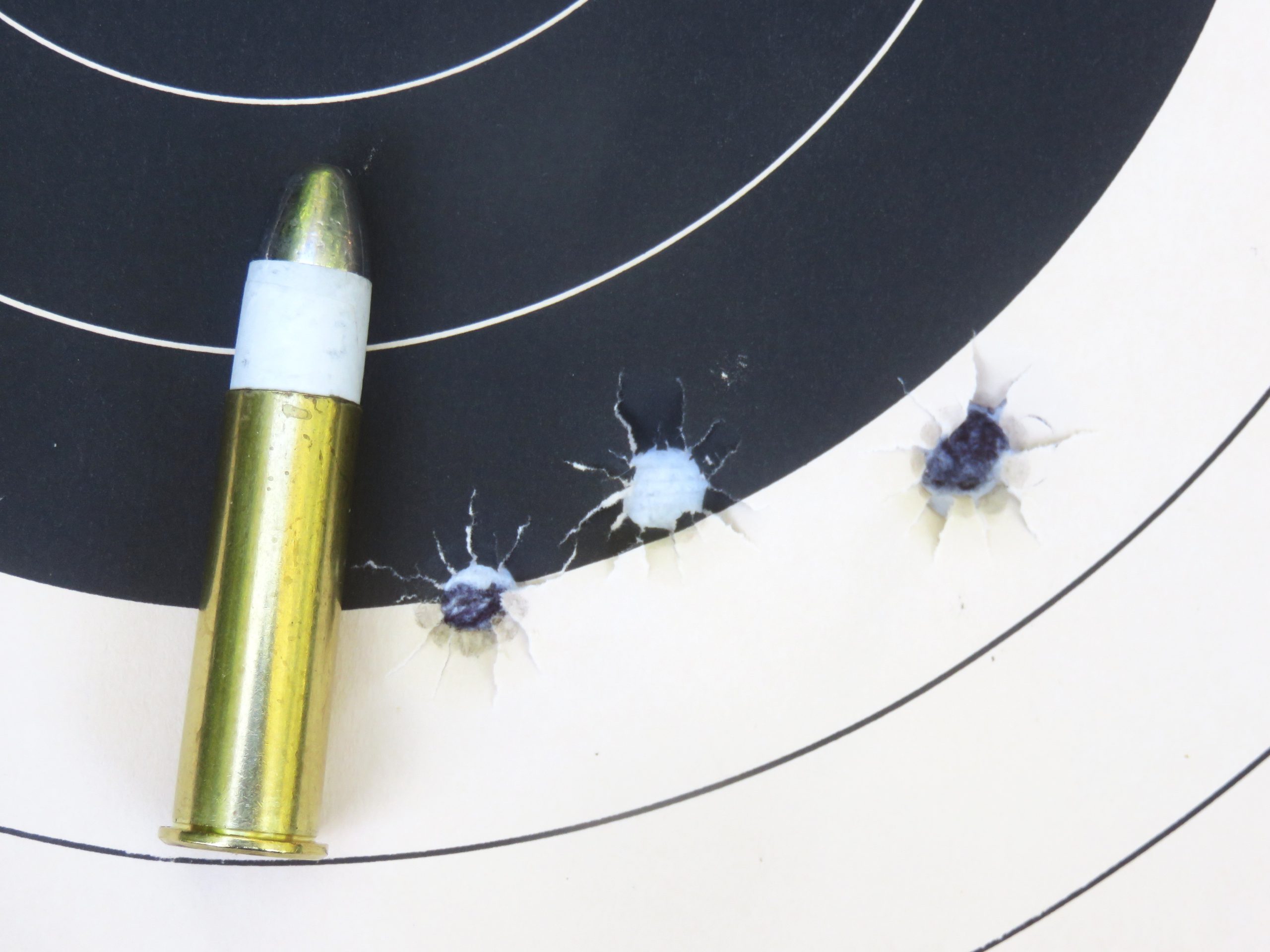
Mike Nesbitt’s 3-shot group with the paper patched bullets at 100 yards.
Grouping with this 71-grain load started out very good. I was using the same sight setting as for the 72-grain load so when the group started near the bottom of the target’s black I figured that was fine. My first three shots went into just two inches and I was delighted!
But then something made following shots hit elsewhere, still on the target but the tight group pattern evaporated. While I’m not sure what had happened, I did save the target and took the picture of it showing only those first three shots. I’ll call that a very good start and now let me investigate further to find out why all of the shots didn’t find their way into that group.
While I did my shooting, Moran was using his rifle to work over another target. He had started by shooting some 460-grain grease-groove bullets through his .50-70 at both 100 and 200 yards. Then he switched to some previously loaded paper patched bullets which he listed as being 473-grain over 70 grains of Swiss 1 ½ Fg powder, recording their velocities at 1,290 fps, but the group was disappointing.
Saving the best for last, we hoped, Mike shot the five loads I had prepared with the 505-grain paper patched bullets. He was also recording velocities and those loads zoomed out of his rifle at 1,225 fps. And his group wasn’t a bad one although we had both hoped for better. Center to center, those five shots clustered in a 5-inch group, all a bit low and to the right. While not as good as hoped, that is still something to work on.
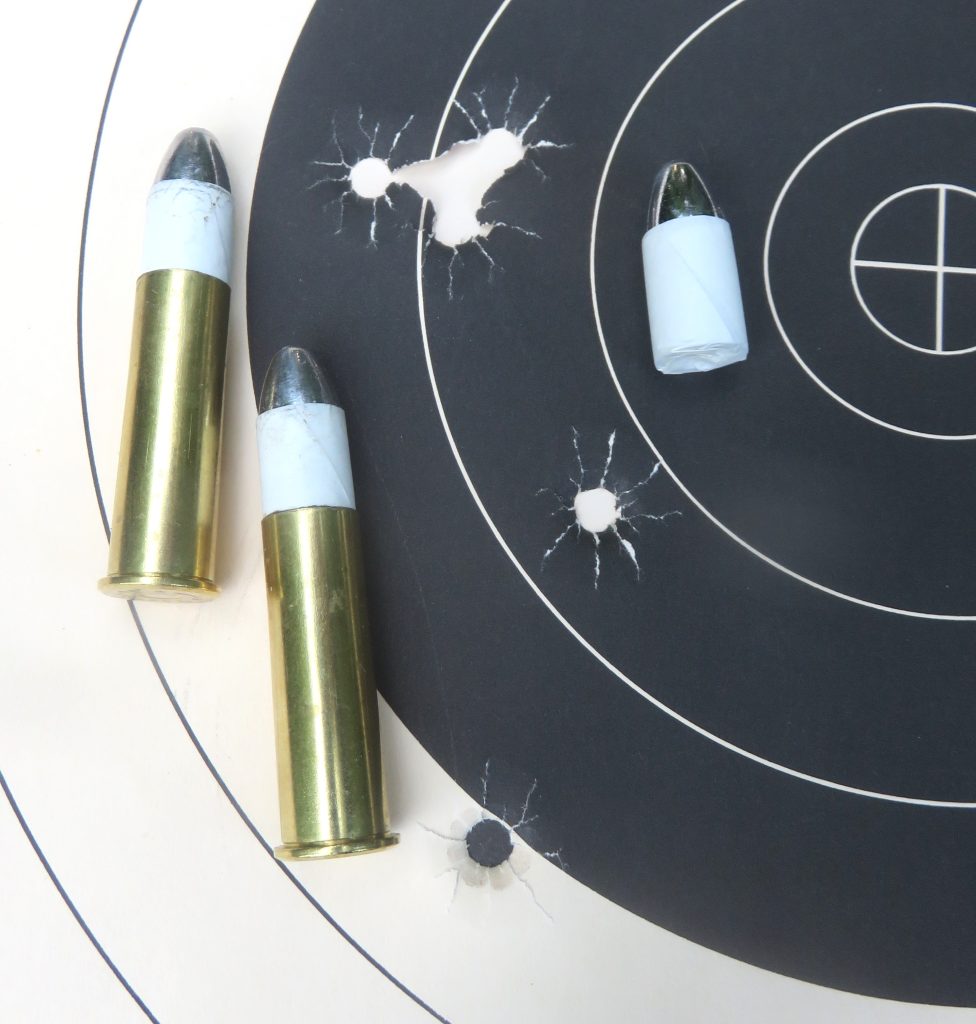
Witt, using his rifle with the 24-inch rate of twist in the barrel, shot the best group of any of us for all five shots. His group was clustered on the edge of the target’s black at 9 o’clock and all five bullet holes are within four inches. A little windage adjustment would help to get his shots centered. One comment that Tom shared with me just after he did his shooting was to admit that he has to share some of the responsibility for his poor shooting in the match by saying, “It wasn’t just the gun or the load. I need more practice!”
He’ll be getting more practice, you can be sure, and more than likely it will be with the paper patched bullets powered by the 71-grain loading of Swiss powder. We can suggest, based on his 4-inch group at 100 yards, that he’d be putting all of his shots into 8 or 9 inches at 200 yards, which is most likely what Tom will be trying next. We’d all like to do better than that, certainly, but for these rifles with iron sights, doing better can’t always be done. And with the proper sight settings, a 9-inch group at 200 yards would keep all shots well within the 12-inch bullseye for a score of 90 or higher. That should please any of us and it was Tom’s lack of good hits at 200 yards is what took us back to the loading bench to work up some better paper patched ammunition. We’ll be doing more 200-yard shooting to see if we’ve found it.
DeLisle is not being left out in this report although he had basically nothing to contribute. He did fire five rounds of the 71-grain loads with the 505-grain paper patched bullets but his target at 100 yards was not something to base conclusions on. That was surprising because Bob is a fine shot. In addition to that, he uses paper patched bullets in his Sharps ammo all of the time. The loads he uses are just a little different, with a 490-grain flat based bullet, one of Accurate Molds’ (50-490P) good designs. (www.accuratemolds.com) Bob placed 3rd in our recent Paper Patch Match but he was using his .45-70 Sharps and not the .50-70 Hunter’s carbine with the 26-inch barrel.
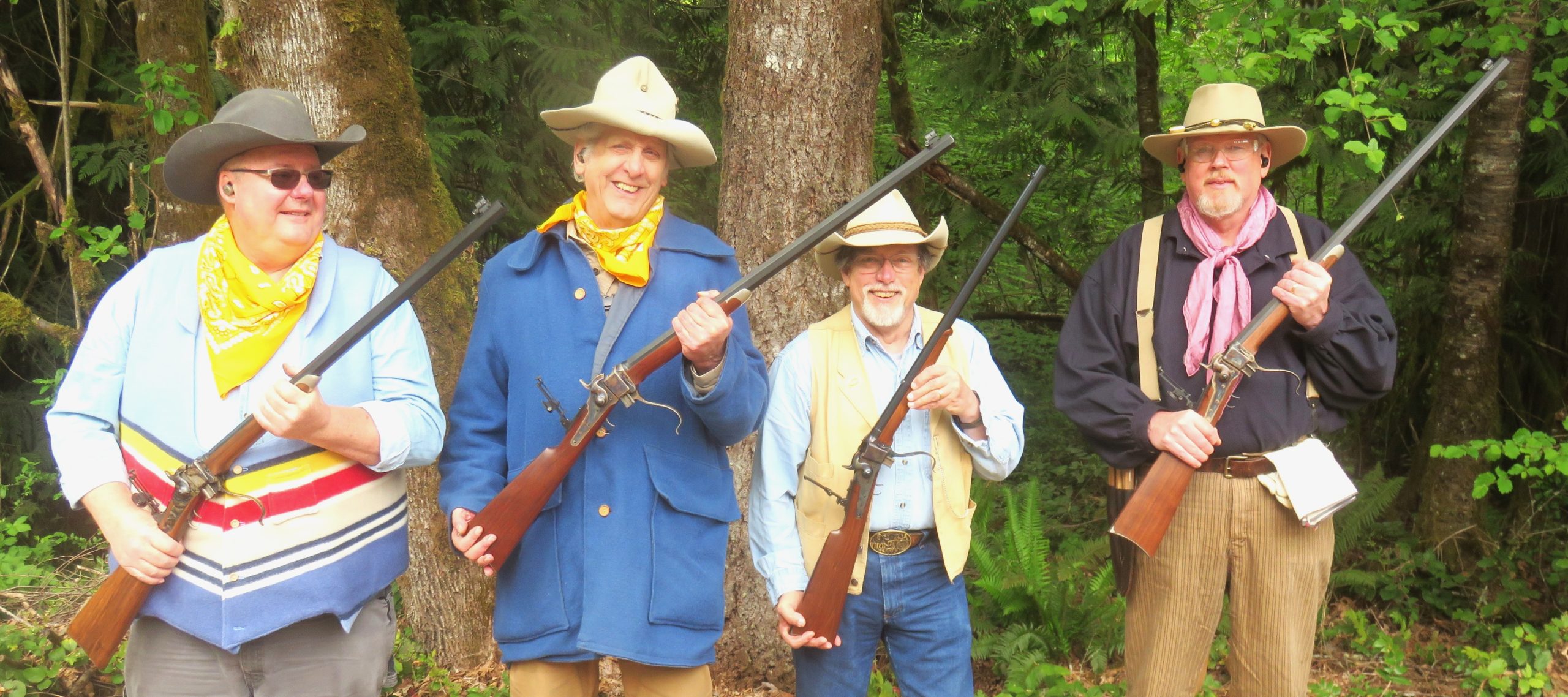
Now there’s more shooting to be done. My best group, so far, has been while using ammo loaded with the Swiss 2Fg powder and I’m going to try that again, probably 71 grains under the 505-grain bullets. The increase of a single grain of powder might just make a difference in the right direction and it should add some speed for the bullet over the 1,227 fps as reported in the last story using the 70-grain loading of Swiss 2Fg powder. Getting higher velocities is not really necessary but for some reason I’d like my bullets to be travelling at 1,250 fps when they start their journey to the targets. The bullets for more shooting are already cast and wrapped, waiting to be loaded and then shot.
I’m not alone in looking forward to more shooting and certain inviting events are just around the corner.
Obviously, we’re not through working up loads for our roaring .50-70 rifles. In fact, we’ll never be through with that task because every little change might mean something new. Those changes can include a new lot of powder which might result in a modification to the powder charge, or simply changing the brand of primers. Those little differences can certainly make the difference at extended ranges, even at just 200 yards. Sometimes that’s frustrating but it’s all part of the fun of shooting the “big ones” of black powder cartridge rifles. More reports shall be made as we continue…



